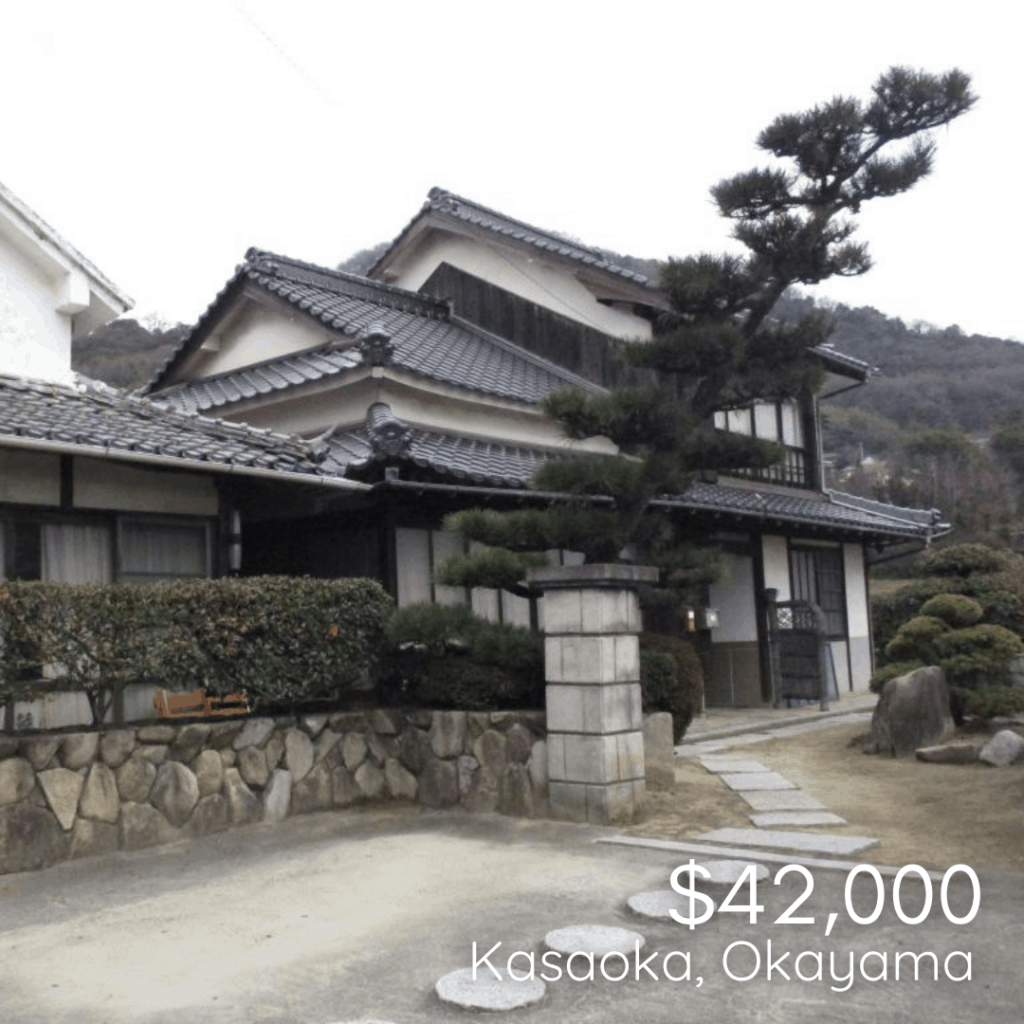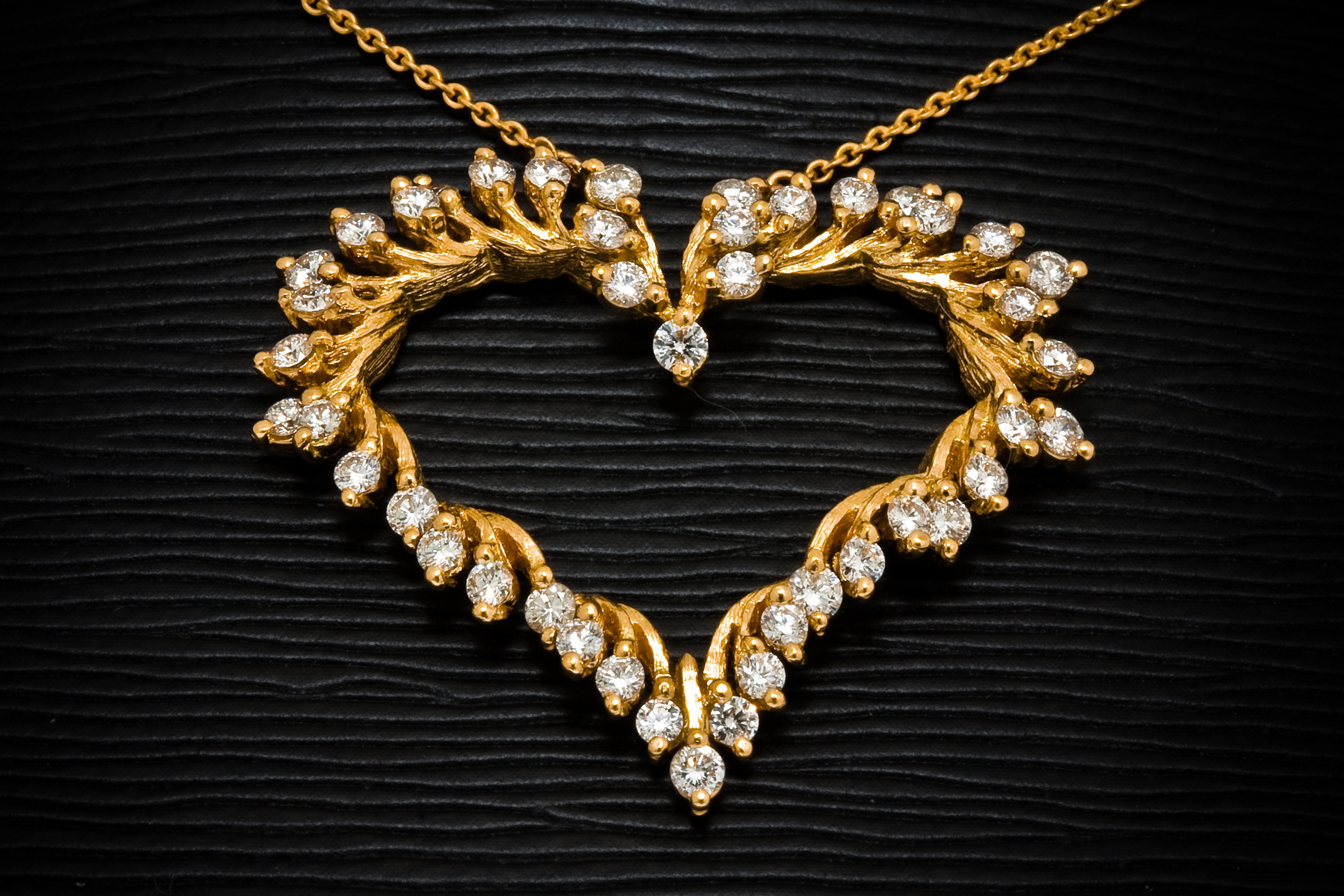Table Of Content

There are e-metered parking spaces in Lot F-31, which is north of Japan House (at St. Mary's Road and Lincoln Avenue) and Lot F-32 to the south of Japan House (on Lincoln Avenue across from the Vet Med complex). When Westerners think of Japanese gardens, it is usually only one garden that comes to mind, an area of raked sand or crushed rock interspersed with a few large rocks and a scarcity of plants, or none at all. To Westerners, it is thought of as contemplative, mysterious, or unexplainable. The Dry (Karesansui) Garden (often erroneously called Zen) is a garden that does not fit the Westerner’s mind of a garden. His worldwide projects include a song dedicated to the tenth anniversary of the Emperor of Japan’s reign, the official theme song for the World Expo, Hollywood film soundtracks, and the official theme song for the prestigious Golden Globe Awards.
Tea Garden

We arrived at this historic moment because our nations, individually and together, took courageous steps to strengthen our collective capacity in ways that would have seemed impossible just a few years ago. Over the years, Japan House has been the site of many programs, events and visits, ranging from tea ceremonies, presentations and performances of traditional Japanese culture. Japan House has also worked with other units on campus, working to bring Japanese exhibitions and performances to Krannert Center for the Performing Arts, the Spurlock Museum, and Krannert Art Museum. Another common feature of traditional Japanese homes is Fusuma’s, another type of sliding wall. Instead of diffusing light, a Fusuma allows for a practical, functional, and totally customizable way to transform a space.
In This Tokyo Home, a Secret Garden Thrives Behind a Cascade of Glass
We strongly condemn North Korea’s continued development of its ballistic missile program—including through launches of intercontinental ballistic missiles (ICBM) and space launch vehicles using ballistic missile technologies—which poses a grave threat to peace and security on the Korean Peninsula and beyond. We call on North Korea to respond to continued, genuine offers to return to diplomacy without preconditions. We call on all UN Member States to fully implement all relevant UNSC resolutions, especially in light of Russia’s recent veto. We urge North Korea to cease illicit activities that generate revenue for its unlawful ballistic missile and weapons of mass destruction programs, including malicious cyber activities. President Biden also reaffirms U.S. commitment to the immediate resolution of the abductions issue, and the two sides commit to continuing joint efforts to promote respect for human rights in North Korea. The United States and Japan aim to maximally align our economic, technology, and related strategies to advance innovation, strengthen our industrial bases, promote resilient and reliable supply chains, and build the strategic emerging industries of the future while pursuing deep emissions reductions this decade.
James and Lorene Bier Gardens at Japan House
President Biden reiterated the unwavering commitment of the United States to the defense of Japan under Article V of the Treaty, using its full range of capabilities, including nuclear capabilities. Prime Minister Kishida reaffirmed Japan’s unwavering commitment to fundamentally reinforce its own defense capabilities and roles, and to enhance its close coordination with the United States under the Treaty.President Biden also reaffirmed that Article V applies to the Senkaku Islands. We reiterated our strong opposition to any attempts by the People’s Republic of China (PRC) to unilaterally change the status quo by force or coercion in the East China Sea, including through actions that seek to undermine Japan’s longstanding and peaceful administration of the Senkaku Islands. We welcome the progress in optimizing Alliance force posture in areas including the Southwestern Islands to strengthen U.S.-Japan deterrence and response capabilities, and we confirm the importance of further advancing this initiative. This tiny house, perched on a slope overlooking the Seto Inland Sea, is the perfect lookout point to take in the idyllic surroundings, comprising green nature and blue waters. Situated on one of the many small islands of the Japanese archipelago, the compact structure is a guest house – part of the grounds of a larger property, K Residence.
It was established in the 1730s and has since served as a residence and a shop where kimonos and obi sashes are crafted and sold. The prosperous business is presently run by the tenth generation owner, Genbei Yamaguchi, who is also a kimono designer himself. The square entrance to the tearoom, called nijiri guchi, is made very small, just 60 centimeters (about 2 feet) high in this case. The reason was to make the guests enter the tearoom on their hands and knees to make them leave their swords and egos behind.
Tracker’s Justin Hartley Teases What Comes Next After Post-Super Bowl Debut: Can Colter’s Mom Be Trusted?
Japanese paper (washi) is pasted to the lower portion of the walls to protect the guests’ kimonos from the mud plaster on the walls. Japan House gives guided tours of the gardens, exploring history, design concepts and plant information. Our gardeners typically work weekly on Tuesday and Friday mornings and our gardening dates depend on the weather (we do not have any tasks during inclement weather). If you have little to no gardening experience, we suggest volunteering on Friday mornings to do simple tasks like raking and picking up sticks. We provide the tools and gardening gloves and all we ask is that volunteers arrive on time and dress appropriately to work outside (if you bring a backpack, you may store it safely inside the building).
Tatami Floors
The design of the gardens creates an extraordinarily peaceful and tranquil environment. Japan House is proud to be a member of the North American Japanese Garden Association. Trump never seemed to consider his occupation of the White House as transitory any more than he considered the presidency in that way. He looked at both as though they were pieces of property that had come into his possession and that he could only lose if he chose to do so. Because the White House belongs to the American public, not any particular politician, presidents had for years been careful about keeping electoral politics out of the building.
The U.S.-Japan Alliance Realizing a Free and Open Indo-Pacific - JAPAN HOUSE Los Angeles
The U.S.-Japan Alliance Realizing a Free and Open Indo-Pacific.
Posted: Tue, 13 Feb 2024 18:43:39 GMT [source]
Corrugated Steel Boxes Stack Up to Create a Tiny Home in Tokyo
We will also discuss the promotion of resilient and responsible seafood supply chains. The core of our global partnership is our bilateral defense and security cooperation under the Treaty of Mutual Cooperation and Security, which is stronger than ever. We affirm that our Alliance remains the cornerstone of peace, security, and prosperity in the Indo-Pacific.
Parking
At the same time, from the outside, it remains discreet – if rather mysterious – in its dark-coloured, opaque shell reminiscent of the circus tent structure form. ‘In contrast to a typical house with a built-in garage, the aim here was to blur the boundaries between people, cars, and rooms in a relaxed environment,’ the architect writes. On the secluded island of Ikema, part of the Okinawan archipelago in the East China Sea, 1100 Architect has recently completed a cliff-top home looking out to sea. Built of concrete to withstand extreme weather, the architects detailed the home with traditional Japanese materials to soften its edges. The couple who commissioned the house, an art dealer who is originally from Ikema and her husband, an engineering entrepreneur, reside permanently in Naha, Okinawa island, and had always dreamed of having a retreat in Ikema. The architects had previously completed another commission for the couple in Naha City, so they were familiar both with native construction methods, materials available and the traditional, yet contemporary tastes of their clients.
As our Alliance cooperation reaches new heights, we are expanding our engagement to reflect the global nature of our partnership. Traditional Japanese housing, or Minka’s, has deep roots in Japanese history and culture, but also provides a means of art, architecture, and design. Lastly, it provides functional and practical living spaces for those who choose to live in them. Unlike many common living spaces in the west, traditional Japanese housing takes a slightly different approach. Not only does the design of a traditional Minka take into consideration the genuine charm but also the functionality of everyday life, but now and for future reconstruction.
The residence, situated in the heart of Tokyo, draws on traditional Japanese architecture as well as notions of home, designed by Hitoshi Saruta and his studio, CUBO design architect. Saruta and his team took their cues from Junichiro Tanizaki’s book on Japanese aesthetics, In Praise of Shadows, which places an emphasis on 'materials and furnishings whose beauty and comfort can only be fully appreciated in the half-light of a traditional home', the team explain. 'In traditional Japanese homes, deep eaves linked the interior with the garden,' the architects continue. This allowed the structures to have soft light inside, keeping the interiors layered and gentle, while the gaze is turned towards the much brighter garden outside.
The heavy roof and deep overhangs are an aesthetically important part of a traditional Japanese home. This roof is covered with ceramic tiles, which were unusual in this area where most homes used to be roofed with thatch. Around the time when Leonardo da Vinci was developing a system of dimensions that scaled the human body for use in architecture, Japanese craftsmen standardized the dimensions of a tatami mat to 90 x 180 centimeters (approx. 3 x 6 feet), which was considered adequate for a person to sleep on. Every dimension in a Japanese house relates to the module of a tatami mat.
For these reasons, the number of these houses had been dwindling till quite recently. Karl Bengs, a German architect, has, over the past 20 years helped to save and restore several traditional Japanese buildings, including this 180-year-old farmhouse in Matsudai, Niigata, which is now his home. Through our shared and steadfast commitment, we have taken bold and courageous steps to bring the U.S.-Japan Alliance to unprecedented heights. In so doing, we have equipped our partnership to protect and advance peace, security, prosperity, and the rule of law across the Indo-Pacific and the globe so that everyone benefits. Today, we celebrate the enduring friendship among our peoples—and among ourselves—and pledge to continue our relentless efforts to ensure that our global partnership drives future peace and prosperity for generations to come. We emphasize the importance of all States being able to exercise rights and freedoms in a manner consistent with international law as reflected in the United Nations Convention on the Law of the Sea (UNCLOS), including freedom of navigation and overflight.
The architect's Paper House, built using 110 paper tubes, with a single oversized one housing the toilet, is a testament to the architect's well-known fascination with the particular material – and a true joy to experience up close. Minka, the traditional farmhouses of Japan, represent a wonderful but fast disappearing Japanese architectural style. They are generally constructed of heavy and often uneven timbers, bamboos, thatched roof and mud walls. In spite of their charm, minka are often dark and cold, lack modern conveniences, and are very expensive to re-thatch and maintain.
Led by YOSHIKI, X Japan has sold over 30 million albums and singles and sold out the 55,000-seat Tokyo Dome a record-breaking 18 times. He was the first Asian musician to perform at the world’s greatest music halls including Madison Square Garden, Wembley Arena, and solo performances at Carnegie Hall. Ryu Kosaka is a graduate of the Musashino Art University’s architecture department. He joined Nomura Co., Ltd in 1986 and is currently the executive creative director of the Commerical Facilities Division and the head of A.N.D. Aoyama Nomura Design. Ft. and features an exhibition gallery and a sub-gallery suitable for intimate gallery talks and smaller exhibitions.

No comments:
Post a Comment